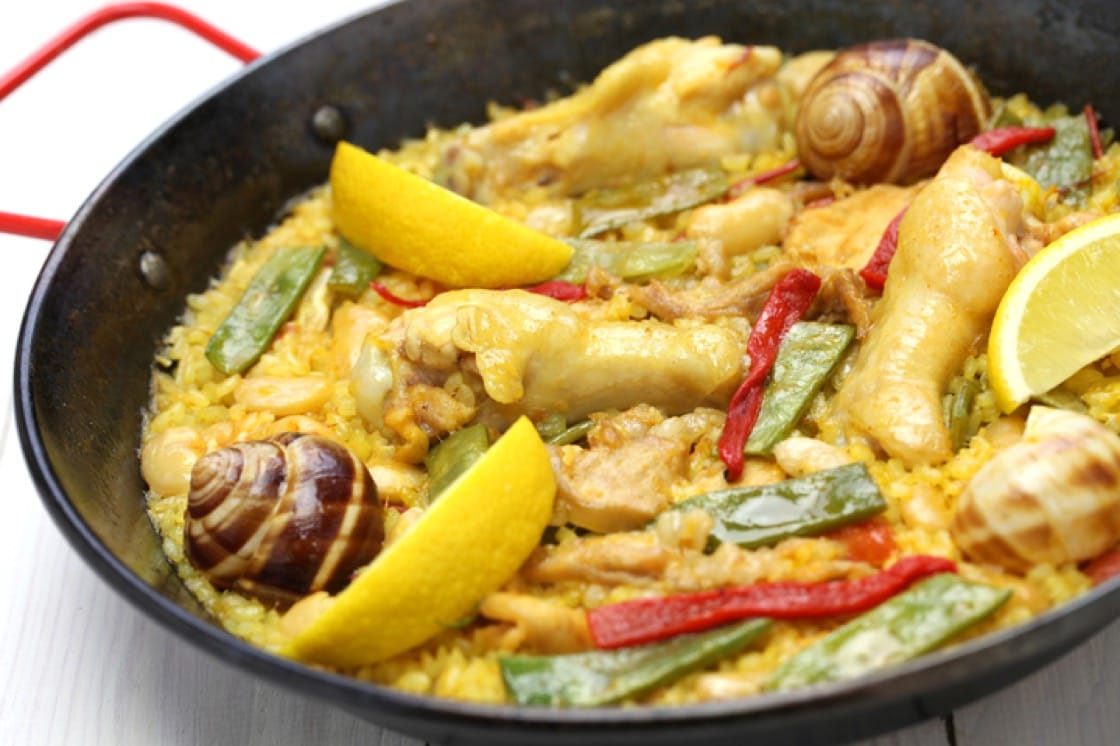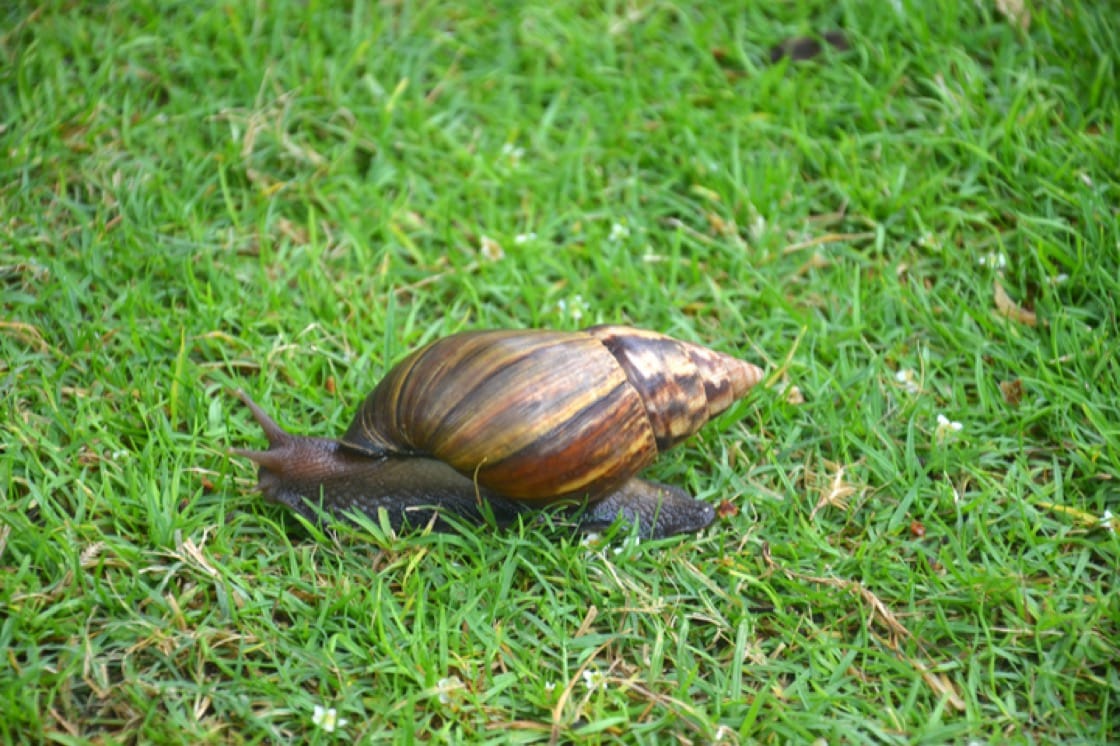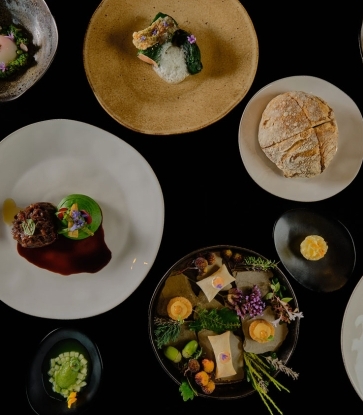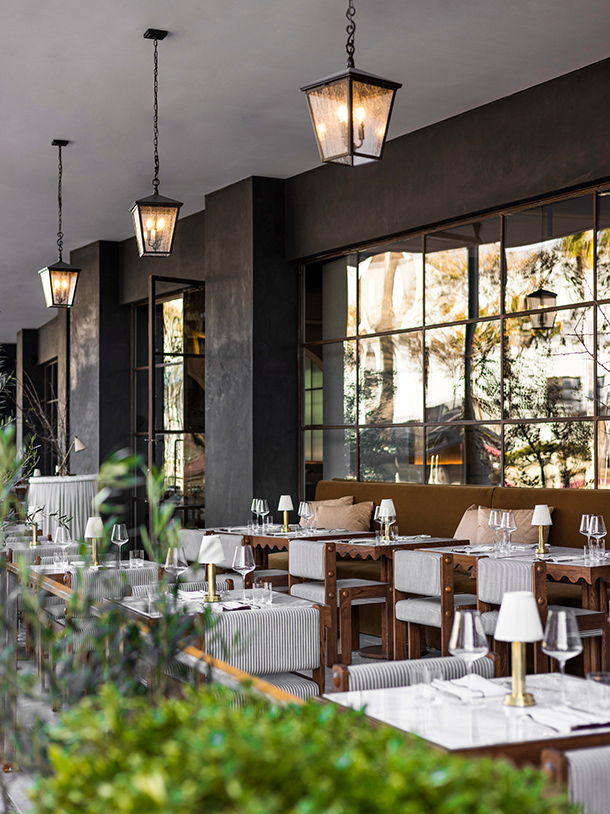Indeed, snails are a scrumptious delicacy, once you get past their reputation as garden pests.
Tale of Snail As Old As Time
Food remains of edible land snails have been frequently found on archaeological sites throughout the Mediterranean region, indicating that snails have been a source of food since prehistoric times.
In particular, the Romans have been known to treat snails as a delicacy, cultivating them in a farming practice called heliciculture. These were a luxury reserved for the rich, the gastropods fattened with corn flour and herbs, then purged in milk for several days until they were so swollen they couldn’t fit back in their shells. The recipes called for them to be roasted and served with various sauces.

The Edible Varieties of Snail
“Not all snails are edible and not all of them taste good," says Zacharie Ong, executive sous chef of The Fullerton Bay Hotel in Singapore. "Some of them are so small that it simply takes too much effort to prepare them.” In January and February this year, Ong and his team of chefs at La Brasserie created a menu that threw a spotlight on escargot. They incorporated the classic French delicacy into a herbed risotto and Comté cheese tart, topped off a creamy mushroom soup with garlic-scented snails, and glazed grilled beef with truffle escargot butter.

The Achatina fulica or African land snail is one of the largest species of snails in the world and can grow up to the size of a human palm. But before you start foraging for them in your neighborhood park, you should know that snails need to be prepped and cleaned from the inside out for several days before they can be consumed. You should consult a professional if you are in doubt.
How to Prepare Snails for Consumption
Snails are easy to harvest because they are, well, slow and tend to congregate on higher ground on wet, rainy days. But preparing wild snails for consumption is no walk in the park and involves fasting them in captivity for a period of time so they are purged of any poisonous plants or toxins they might have eaten.

The live snails can then be dropped into boiling water to administer a quick death before deshelling. If you prefer a more humane method, Ramsay suggests placing them in a sealed container in the fridge where the cold will send the snails into a deep, deep sleep. Now they can be boiled, deshelled and cooked in your desired way.
Don’t let the sound of all that work put you off from cooking snails at home, though. Processed escargots are easily available canned or frozen. “While they have been gutted, it is still important to check, clean and trim each and every individual snail,” advises Ong. “The key to cooking is timing. If you overcook escargots, they become tough and dry.”

The Caviar of the Land
Another snail product that featured in La Brasserie’s Les Escargots menu is snail caviar, also known as escargot caviar or escargot pearls. Like sturgeon caviar, these snails' eggs are considered a luxury, and a more exotic one at that. “Escargot caviar is a lot rarer and very exclusive,” says Ong. “It is not something you will see on the supermarket shelves any time soon.”
He describes snail caviar as being larger than fish caviar, which gives it more texture and mouthfeel. “Flavor-wise, it is earthy and woody, with hints of mushroom and asparagus.”
Snail caviar may be cheaper than the finest beluga caviar, which can cost upwards of $4,500 a kilogram, but at about $2,000 per kilogram, snail caviar costs more than three times the price of farmed black caviar. This makes it a risky ingredient for chefs to experiment with. “But our guests appreciate the effort we made to source rare and exciting products," adds Ong. "Most of them were very curious about escargot caviar and they were game to try it.”





















